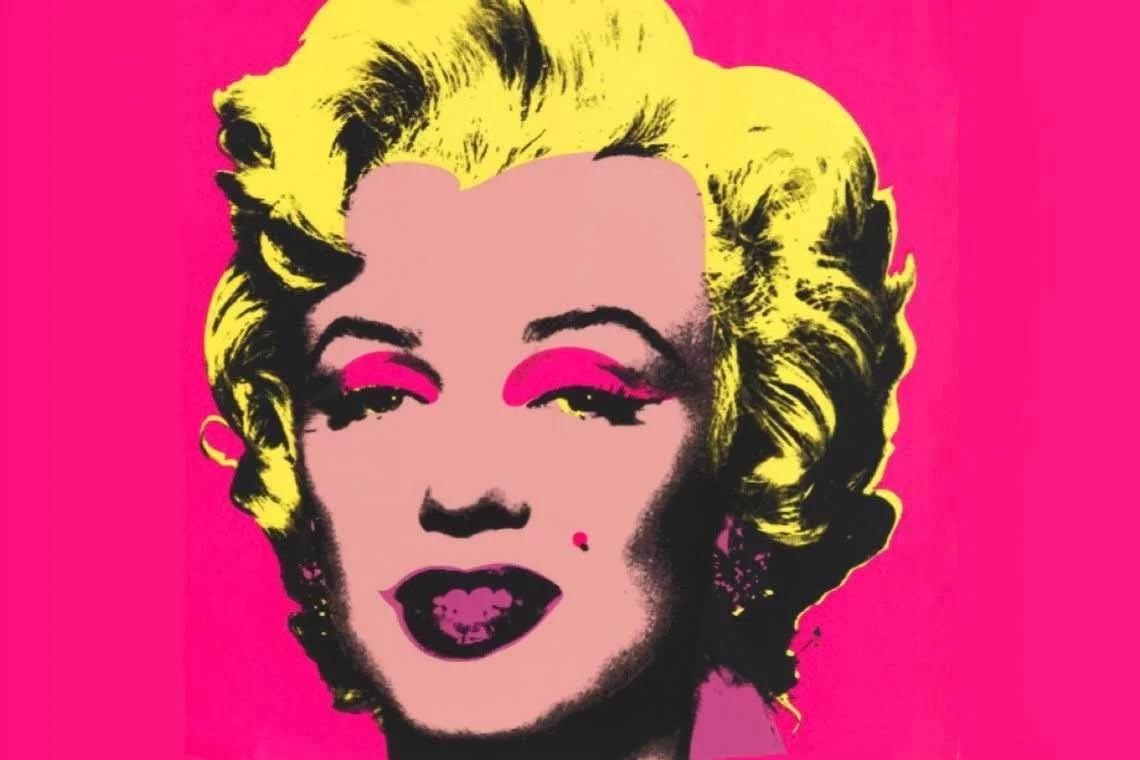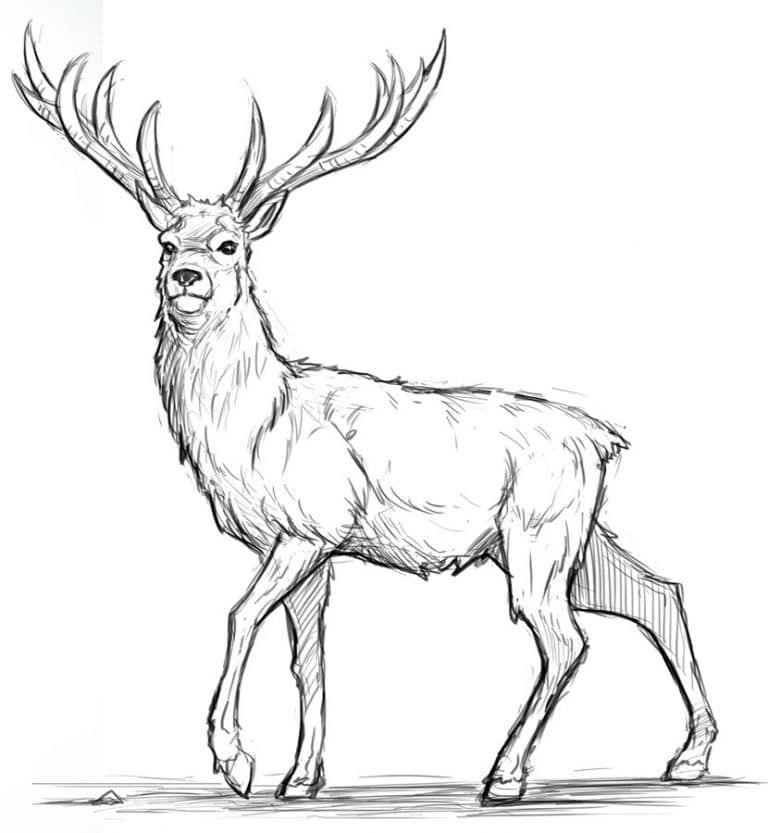Introduction to Pop Art

Pop Art is a vibrant and influential art movement that emerged in the mid-1950s. It revolutionized the art world by challenging traditional styles and techniques, bringing popular culture into the realm of fine art. This article delves into the origins of Pop Art, its key elements, prominent artists, famous works, impact on art history, influence on popular culture, its rise in America during the 1950s and 1960s, and its relevance in contemporary art.
The Origins of Pop Art

Pop Art originated in the United Kingdom and the United States in the 1950s, as a response to the post-war consumer culture. Artists sought to incorporate everyday objects and images from popular culture, such as advertisements, comic books, and consumer products, into their artwork. They aimed to blur the lines between high and low culture, challenging the notion that art should be exclusive to the elite.
Key Elements of Pop Art

The key elements of Pop Art can be summarized as the celebration of popular culture, the use of vibrant colors and bold imagery, the repetition of iconic symbols, and the incorporation of mass production techniques. Artists often employed techniques like screen printing to create multiple copies of their works, emphasizing the mass-produced nature of popular culture itself.
Prominent Pop Art Artists

Pop Art introduced us to a plethora of talented and influential artists. One of the most iconic figures in Pop Art is Andy Warhol. Warhol's distinctive style, characterized by his fascination with celebrity culture and consumerism, epitomizes the movement. His works, such as the famous Campbell's Soup Cans and Marilyn Monroe portraits, are timeless examples of Pop Art.

Another renowned artist within the Pop Art movement is Roy Lichtenstein. Lichtenstein's works often resemble comic book panels, with bold, thick lines and bright, primary colors. His piece "Whaam!" is a prime example of his style, capturing a dynamic and action-packed scene.
Examples of Pop Art Works

Pop Art is filled with memorable and impactful works that have stood the test of time. Among the most significant examples are Claes Oldenburg's "Giant Three-Way Plug," a gigantic sculpture resembling a power plug, and Richard Hamilton's collage "Just What is it that Makes Today's Homes So Different, So Appealing?," which juxtaposes various consumer products and images.
Pop Art's Impact on Art History

Pop Art challenged the traditional notions of what art could be and opened the door for new artistic possibilities. By embracing popular culture and incorporating everyday objects, Pop Art democratized art, making it accessible to a broader audience. It shifted the focus from the artist's emotions and intentions to the viewer's interpretation and experience.
Pop Art's Influence on Popular Culture

The influence of Pop Art extends far beyond the art world. It has infiltrated popular culture in various forms, from fashion and music to advertising and design. Pop Art's bold aesthetic and celebration of consumer culture have left an indelible mark on contemporary society. Its impact can be seen in the vibrant colors and playful imagery of modern advertisements, as well as in the iconography of popular brands.
Pop Art in America during the 1950s and 1960s
Pop Art found fertile ground in America during the 1950s and 1960s, due to the country's booming economy and the rise of mass consumerism. Artists like Warhol, Lichtenstein, and Oldenburg embraced the American culture of excess and embraced the idea of art as a commodity. Their works reflected the changing landscape of American society, capturing the essence of the time.
Pop Art Today: Contemporary Pop Artists and Movements

Pop Art continues to evolve and thrive in contemporary art. Numerous artists draw inspiration from the movement, infusing it with their own unique perspectives and ideas. Artists like Jeff Koons and Damien Hirst have embraced the Pop Art aesthetic, creating larger-than-life sculptures and installations that challenge the viewer's perception of art and reality.
Conclusion

Pop Art has left an indelible imprint on the art world, transforming the way we perceive and engage with art. Its celebration of popular culture, bold imagery, and mass-produced techniques have made it an enduring and influential movement. From the iconic works of Warhol and Lichtenstein to the countless contemporary artists who continue to push the boundaries of Pop Art, this movement remains a vibrant and essential part of artistic expression.








Leave a comment
All comments are moderated before being published.
This site is protected by hCaptcha and the hCaptcha Privacy Policy and Terms of Service apply.